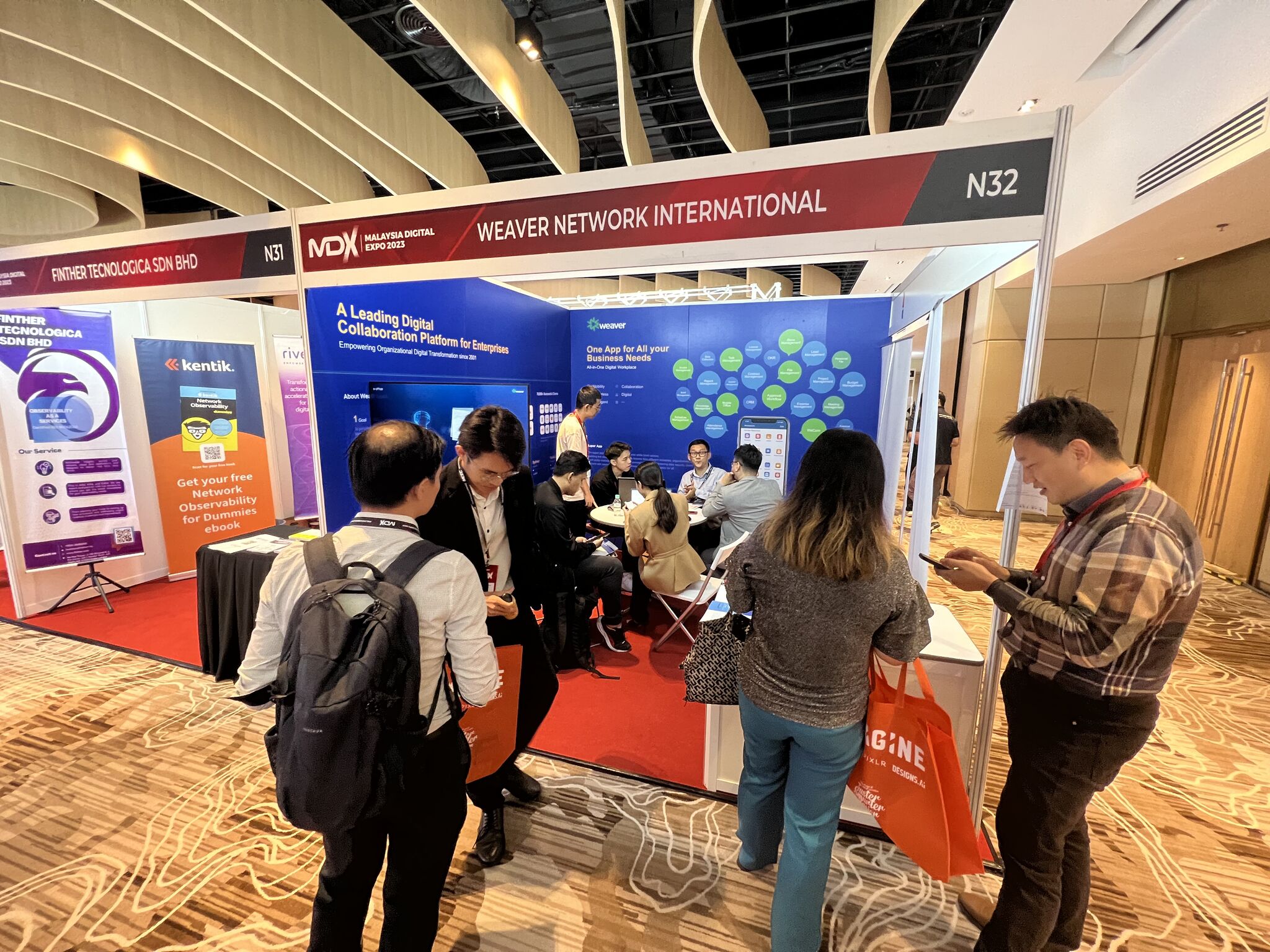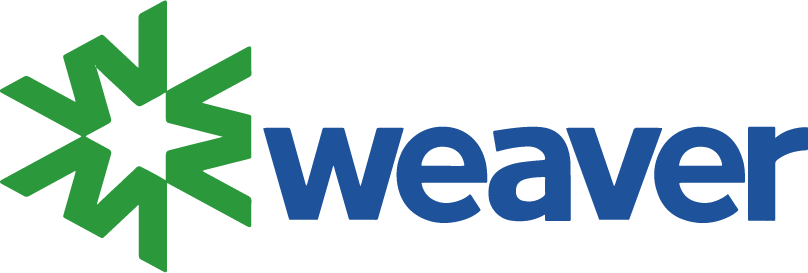Optimising for materials management (or materials handling) necessitates attention in the context of the industrial revolution for manufacturing industries, in the form of breaking down data silos for greater efficiency. And materials management solutions can help with this.
A revolutionary transformation for manufacturers
The manufacturing industry is known for its complexity in raw materials for production, which varies depending on the business in which the manufacturer is involved.
In recent years, the increasing digital level in the manufacturing industry has necessitated the adoption and incorporation of professional materials management system. All the manufacturers most likely shared the same business objectives – to improve the effectiveness and efficiency of material handling processes.
And this is where SAP MM (SAP Materials Management) comes in.
What is SAP MM (SAP Materials Management) ?
SAP Materials Management workflows are designed to be integrated with various business functions, enabling manufacturers to achieve self-service workflow-oriented data collection. As a result, SAP MM also serves as a solution for ensuring the accuracy, flexibility, and timeliness of data collected.
But what exactly is the function of materials management?
What are Materials Management?
Materials management (MM), also known as materials handling, is the process of planning, organising, and controlling the flow of materials within an organisation’s business processes.
To be more specific, it entails the process of planning, procuring materials, evaluating and sourcing suppliers, purchasing, scheduling delivery, quality control (QC), warehousing and inventory management, and timely distribution of materials throughout the supply chain.
Materials management is closely associated with the use of inventories and production requirements for planning and control activities in the manufacturing field. It is an essential module for manufacturing in ensuring a steady flow of goods for production in order to meet customer demand.
An optimised materials management system ensures that materials are:
- always in-stock;
- production schedules are met in time for delivery;
- and most critically, by securing the right vendor or supplier, you can reduce production costs while maintaining product quality.
Benefits of SAP MM with Weaver OA Solution
Weaver OA provides comprehensive end-to-end SAP materials management for procurement planning, purchase approval, order picking management, quality control, and stocktake, ensuring that your operations run smoothly, and no data is lost.
- Materials master data management,
- Procurement plan,
- Purchase price approval,
- Order picking management,
- Quality control,
- Stocktake (Inventory management)
1. Materials master data management
With the integration of Weaver OA and SAP MM, you can easily achieve standardised management of materials master data.
Meanwhile, when filling out materials data in the OA workflow, you can get real-time business data updates from SAP Materials Management. Materials data examples include material type, unit of measurement, and so on.
Once the materials data has been approved and archived in the OA system, it will be pushed forward and updated in SAP.
2. Procurement plan
Weaver OA integrates with SAP MM and set out to assist manufacturers in declaring their procurement plan through workflows to illustrate the procurement progress in a centralised manner.
Materials data such as material code, delivery factory, quantity, description, and cost centres are included in the procurement plan and can be easily retrieved using SAP Materials Management.
Each approval node in the procurement plan workflow is then configured in real-time to SAP after submission, ensuring data consistency on both Weaver OA and SAP throughout the declaration process.
3. Purchase price approval
On a dedicated “Procurement Plan” interface, you can also facilitate strategic decision-making by providing a comprehensive list of compared prices of the materials prior to purchase.
The system will automatically assign a purchasing agent based on the various purchase materials and requirements. While screening each material for a faster selection, the purchasing agent could label each purchased material according to each characteristic such as light, heavy, urgent, and slow.
i. Managing batches
To improve selection efficiency, purchasing agents could easily select urgently needed material in batches and request purchase requisition approval. The system will automatically merge similar materials with different purchase quantities to reduce the workload of filling in prices repeatedly.
Once the purchase is approved, SAP generates a purchase requisition, which is followed by a purchase order to proceed.
Purchase data is also adjustable and reflected in SAP in real time.
How it works in SAP: Purchase Requisition > Approval on Purchase Requisition > Generate a Purchase Requisition by SAP > Purchase Order
4. Order picking management
The picking ledger (or order picking) is based on the procurement plan and the collectible list’s picking data statistics. In the OA, the system filters based on the current user and displays only items that can be selected.
To save time, select the necessary materials in batches and launch a picking application with a single click.
Take a look at the three order picking methods listed below to see how they differ from each other:
i. Reservation order
When picked material is updated on the SAP where workflow is approved and archived, a reservation (or material reservation) is created.
When creating a reservation order, the system will sort the selected materials based on the group items assigned. After a reservation order is successfully created, the reservation code (or order number) is returned to the system.
ii. Basic order picking
The process of collecting items from a warehouse based on a pick list to complete customer orders is known as basic order picking.
This is one of the simplest methods, with the scanner only fulfilling one order at a time, and order pickers picking items subsequently according to a list.
In this case, a Basic Order Picking initiative will trigger SAP to generate a material reservation, which will then be assigned to a cost centre. A material reservation ensures that material is kept ready for issue at a later date for a specific purpose, typically a sales order or an asset.
As a result, the applicant who placed the basic order will be able to pick up the material(s) at any warehouse, and an outbound delivery will be created.
How it works in SAP: Basic Order Picking > Material Reservation > Assigned Reserved Material to Cost Centre
iii. Pick list for service order (or maintenance order)
Picking for Service Orders or Maintenance Orders is built on the same foundation as Basic Order Picking. When picking, a data exchange will occur, as will a maintenance order.
Moving on, function modules stored in a central function library are linked to maintenance work orders, which initiate data exchange. In the data exchange process, a maintenance picking list will generate a maintenance order.
Users could check inventory before picking to avoid unnecessary trips. In the case of existing inventory materials, users could physically pick them up.
5. Quality control
Quality control (QC) ensures the production of defect-free and high-quality products in accordance with a predefined set of quality criteria in order to meet customer demands and satisfaction during the materials management process.
A minor lapse in identifying defective products could have disastrous consequences, putting customers at risk.
i. Quality management for non-conforming materials
In the OA workflow, you can easily initiate a standard quality control procedure for incoming quality inspection. At the end of the quality inspection, conforming and non-conforming materials are classified in SAP MM.
Corrective actions for non-conforming materials must be initiated in a single depository, such as segregating those defective materials from the conforming ones. It is possible to accomplish this by scrapping or returning defective materials to the vendor. A deduction amount will be calculated based on the quantity of defective materials returned.
To standardise the processing procedure of non-conforming products, quality control personnel could use a quality control checklist to standardise the procedure. It can be based on the purchase order number, the materials products, and other factors.
How it works in SAP: Quality Inspection > Categorise those Confirming and Nonconfirming Materials > Single Depository Initiated for non-confirming materials > Deduction Reflected in SAP > An revised estimate is generated
6. Stocktake (Inventory management)
A stocktake (or physical inventory count) is the process of physically inspecting and recording all inventory items in your business’s possession. Depending on the business, this can be done weekly, monthly, or yearly, although there is no harm in performing frequent checks.
Checking stock on a regular basis keeps you in synch with your inventory records, ensures data is up to date, and allows you to quickly identify potential issues that you are overlooking.
i. Nonconformance report (NCR)
Meanwhile, if there is a discrepancy between the stock in the warehouse and the stock reflected in the accounting records, the warehouse manager must create a stocktake discrepancy report (also known as a nonconformance report) for recording purposes.
Using the Weaver OA’s Form Builder Engine, users could easily create a nonconformance report with predefined fields. Save time by submitting the report digitally instead of printing. In the case of discrepancy products, a cost will be incurred in the profit and loss (P&L) financial statement on the expense of non-operating costs.
It is commonly known that a high number of discrepancies is detrimental to the P&L statement, and the numbers must be rectified as soon as possible.
Related: SAP Integrated Solution with E-cology
A quick look at the benefits
Weaver OA helps the manufacturing industry achieve end-to-end effective materials handling and procurement management by combining workflow, modelling, and integration, which can be benefited from three factors below:
- Optimised materials management and inventory management – With the digitisation of materials and orders data, changing order entry is much convenient than before. Inventory optimisation can contribute to greater efficiency when inventory is updated in real-time to SAP.
- Save time and cost with SAP Materials Management – SAP MM automates previously what are manual tasks, making life easier for warehouse managers and pickers. With data being updated automatically, the organisation can now focus on critical operations rather than those that are repetitive.
- Enhanced decision making with integrated modules – While SAP MM is at the core of recording and updating materials data in real time, Weaver OA acts as a holistic data centre for all of your management requirements, assisting higher management in making strategic decisions.








